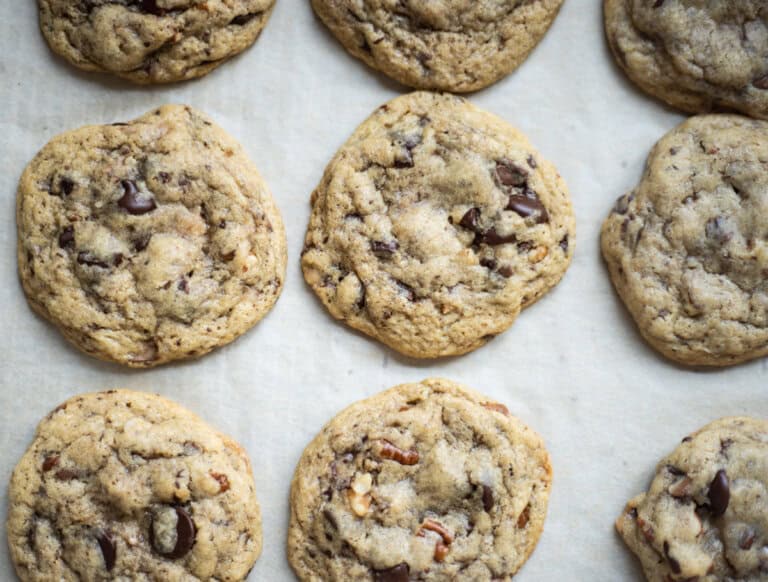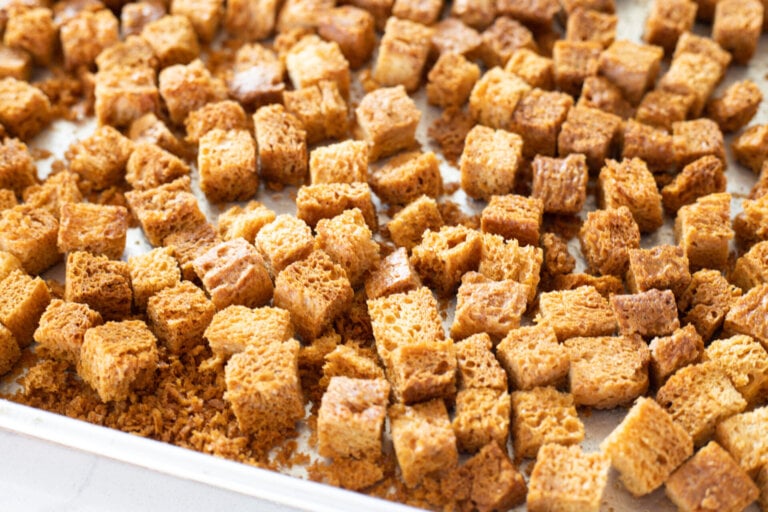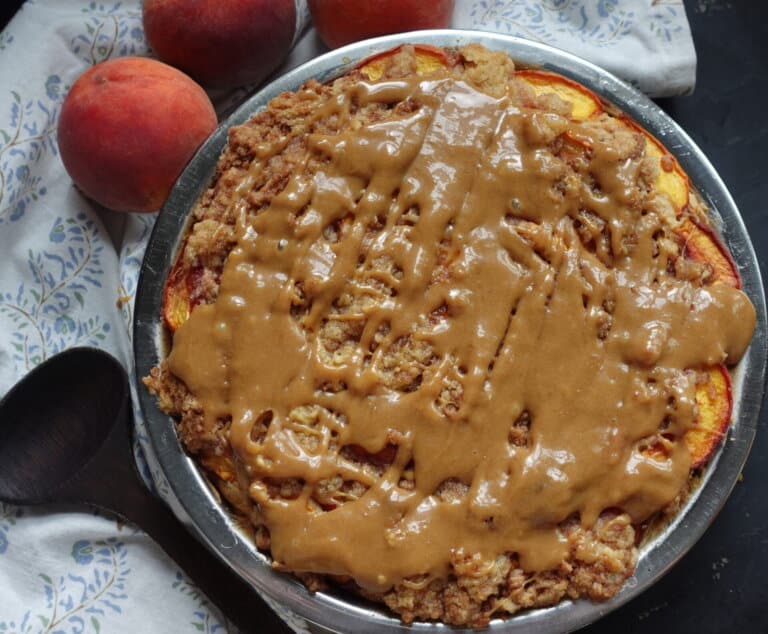How to Make an Einkorn Sourdough Starter
I’ll be reviewing the basics of wild yeast, aka levain, aka sourdough starter in this post and also including step by step instructions on making an all einkorn sourdough starter
How to begin? Because I want to tell the story of bread-making in a way that all can understand!
How is bread made? What ingredients does one need? Well, that depends on the recipe, and I prefer add-ins like salt and oil. But one could make bread with just flour and water.
Yes. Flour and water. You don’t need to add yeast to make breads or leavened recipes. Why? Because you can make your own yeast with flour and water.
That’s what the hype is with having a sourdough starter (which may also be called a levain or wild yeast).
Because modern yeast, the stuff in the packages, doesn’t occur in nature. It causes things to rise so quickly that the natural fermentation process doesn’t occur and much of the nutrition is undigestible – not bioavailable. Hence, things like gluten intolerance…
So let’s dive right in to making your very own natural yeast
specifically with Einkorn flour in this post.
Although, this same process can be followed with any unbleached flour.
To read more about wild yeast and Einkorn flour, click here to check out my in depth blog post on grains, sourdough, starters, etc.
Establishing a starter is a 7 day process. During this initial 7 day establishment process your starter will be completely useless. So when I say don’t use it, don’t use it. Once it’s established, you can start using it to bake and cook. You’ll see what I mean as we go.
Supplies You’ll Need
- Half Gallon Mason Jar (just my choice, you can use something as small as a quart or large as a gallon)
- Unbleached flour (I’m using Einkorn is this post)
- Water
- Tea Towel
That’s it! (all items I use linked at the bottom of this post)
Now before we get started – this is very important! Don’t get too hung up on the details and don’t worry. No one has ever messed this up and experienced death by sourdough. This isn’t that big of a deal. Just get started using what you have and tweak it as you go.
How to Make a Sourdough Starter
Day 1:
In a glass bowl or container like this one, combine 2/3 cup water with 1 cup flour. Add more water if its too thick. Look at my spoon below, it should be that consistency.
- Stir with a wooden spoon, scraping sides and incorporating well. You should get a batter-like consistency that runs smoothly from your spoon when you lift it from the container. Like thick pancake batter.
- If your starter seems too thick or clumpy, slowly add 1 T of water at a time until until you reach the right consistency. If too thin, add flour 1T at a time.
- Cover with a loose fitting lid, towel, or doubled cheesecloth. If air can’t get in, fermentation won’t occur. I use one of these towels with a rubber band around the neck of the jar to keep bugs out if that’s a concern.
- Now that you’ve stirred water + flour together in your container and covered it, you’re finished for day 1.
- Store your starter on your countertop at room temp until day 2.
Day 2:
Uncover your starter and remove half of the contents, discard what you remove. It’s unusable at this point. So by discard, I mean throw it out in the yard for the bugs or birds or chickens. This is the only step that’s different than day 1.
- Next, add 1 cup of flour and 2/3 cup water to the remaining contents of your starter.
- Once again, your flour to water ratio may be different than mine and thats ok, you just want a thick pancake batter consistency.
- Stir the flour and water you just added into the existing starter contents
- Cover and store on the counter just like day 1
Days 3-7
Repeat day 2 instructions exactly.
- After a few days, you should notice that your starter almost doubles in size every 24 hours when you feed it
- You should also notice air bubbles on the top and that distinct sourdough smell.
Let’s look at picture of my starter on each day of this process now that you’ve already seen it on days 1 and 2.
Day 3:
See the bubbles? Activity is happening. Discard, feed, cover, wait..
Day 4:
Starter is growing, more bubbles, more activity. Discard, feed, cover, wait..
Day 5:
Lots of bubbles and rise, getting close to a mature starter! Discard, feed, cover, wait..
Day 6:
More bubbles, more rise, one more day… Discard, feed, cover, wait..
Day 7:
Last day of establishment! Look at it now, living and full of cultures. Discard, feed, cover, wait
Day 8:
Ready to roll! Now, be sure to really read the instructions for sourdough recipes because most of them call for a fed starter, meaning you’ll want to use starter that at its peak rise after feeding – which can happen anywhere from 4-12 hours after feeding, depending on your environment.
I recommend starting with something simple like these discard pancakes, because they’re almost impossible to mess up and you’ll get a little pep in your sourdough step and be less likely to get frustrated and give up. Don’t do that!! Fermentation baking with a long rise is an ART. It takes practice but once you get it, its second nature. Just be patient as you learn – this should be fun! If you mess up a loaf of bread just make french toast casserole or croutons with it, no loss.
Now remember, I have another entire blog post on Sourdough and flour and what not. Read that too! I just thought it would be helpful to split the content up so it didn’t feel like reading such a novel.
Check out my podcast episode on sourdough starter with Lisa from Farmhouse on Boone
Lisa is a real life friend of mine and we like a lot of similar foods, including sourdough. We talked all about it on episode 9 of her podcast, Simple Farmhouse Life.
Lisa has TONS of sourdough recipes, so be sure to subscribe to her email list as well.
Shop this Post
I get my Einkorn mostly from Young Living which is what I linked above, sometimes from Jovial. Price is about the same, YL is a bit cheaper when factoring in my rewards points I earn.








































You really consumed a massive amount of flour to get your starter!
After day 8, do you continue the same thing? Discard, feed, wait? That’s what I have been doing but I didn’t know if it could sit without being fed. Side note – I made the discard pancake recipe and cooked in my waffle iron…THEY. WERE. AMAZING!! Best waffles I have had in a long time. I try new recipes all the time. I am a waffle junkie but being gluten free makes the choices slim. These sourdough waffles were just what I have been looking for. Thank you so much!